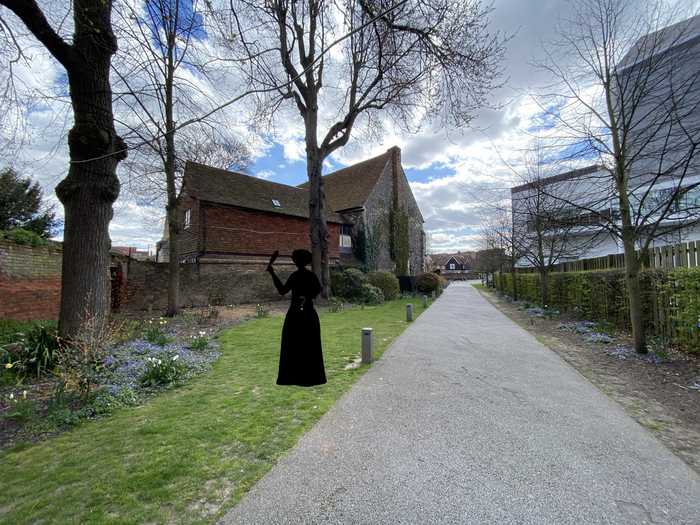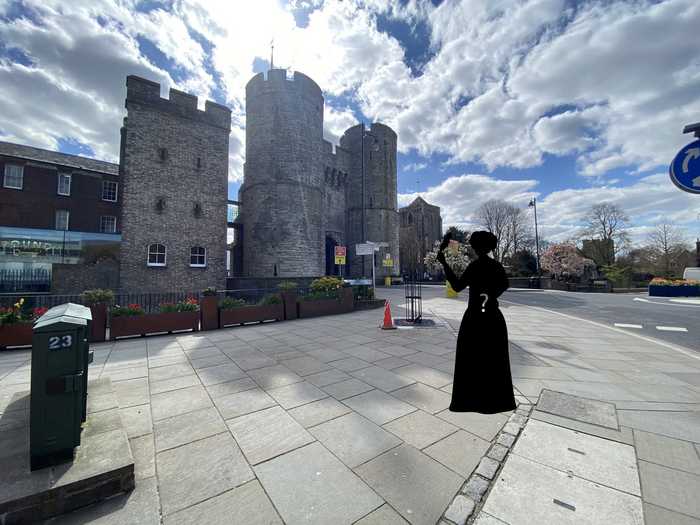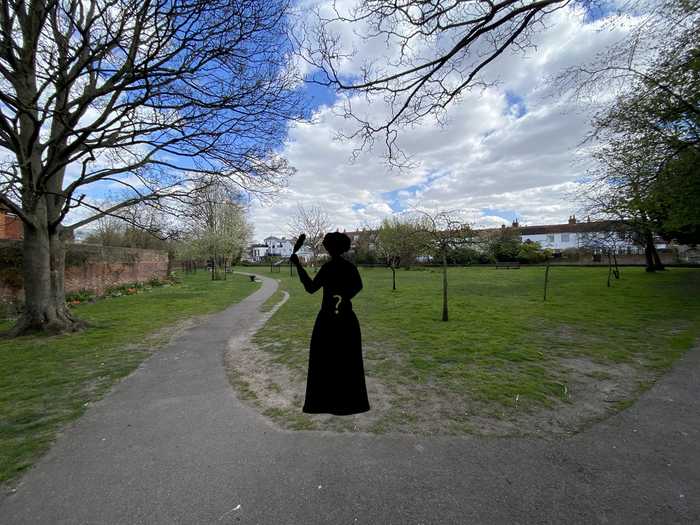The Statue
What Will The Statue Look Like?
A sculptors' brief was created in the autumn of 2021. You can download it here. Joining forces with the Canterbury Commemoration Society, we then shortlisted 47 designs down to four designs. The shortlisted artists are:
Victoria Atkinson for her design 'Astrea'
Meredith Bergmann for her design 'The Untamed Heart'
Maurice Blik for his design 'Mind over Matter'
Christine Charlesworth for her design 'Playwright, Poet, Pioneer'
Until September 1st, 2022, the public can read lots more about each sculpture and vote for their favourite statue design here.
Where Will The Statue Go?
The following are possible locations for a statue of Aphra Behn. The list of potential locations below is by no means definitive or exhaustive and, at this stage, no permissions have been sought.
Please take the time to click the button for your favourite location in our poll at the bottom of the page and don’t forget to donate to the campaign so the statue can actually happen!

Outside the Beaney House of Art & Knowledge
The Beaney House of Art & Knowledge is right in the middle of the city, on the main shopping street. It is the main gallery, museum and library in the city. When Mr James George Beaney left a large sum of money in his 1891 will for the city of his birth, it was in order to fund ‘the erection and endowment of an institute for working men’. It seems fitting that a statue of Aphra would be outside, itching to be let in – think of all the books inside she would have loved to read!

In Westgate Gardens
These beautiful gardens, right on the banks of the Stour River, follow the line of the old walls of the city that were still intact when Aphra was alive. Tower House which is the large Victorian building in the gardens was formerly owned by Catherine Williamson, the first female mayor of Canterbury. Perhaps, fittingly a statue of another female ground-breaker, Aphra Behn, could be placed somewhere nearby?

Near the Marlowe Theatre
Although this theatre is named the Marlowe Theatre, there is no reason why Aphra Behn shouldn’t be nearby. Christopher Marlowe and Aphra Behn were born 75 years apart in the same city, but both became playwrights and government spies in defiance of relatively humble backgrounds (Marlowe’s father was a shoemaker, Behn’s father was a barber). It should also be noted that although she lived a little longer than he did, Aphra Behn had many, many more plays actually produced on the London stage in her lifetime.

Outside the Westgate Towers
These imposing Kentish ragstone towers having been welcoming (and waving goodbye) to visitors to Canterbury since the fourteenth century. They are a symbol of Canterbury and have defended the city for generations (before becoming a jail, and latterly, a museum). When the Johnson family left Canterbury in the mid 1650s, a young Aphra Johnson (as she was then) would have walked out of these gates. There is no evidence that she ever returned to her hometown.

In Solley’s Orchard
This green space is the site of an old Dominican Friary. The River Stour runs peacefully through it. The Friary itself would have been mostly in ruins during Aphra Behn’s childhood, after the dissolution of the monasteries under Henry VIII a century earlier. Some of the less tumble-down buildings became used by the weaving trade. Perhaps Aphra and her older sister Frances played in the ruins here? Certainly, in the mid-1650s, a brother of Aphra’s died in St. Alphage parish in this same area. The site was acquired as a public space by Canterbury City Council in 1972.

